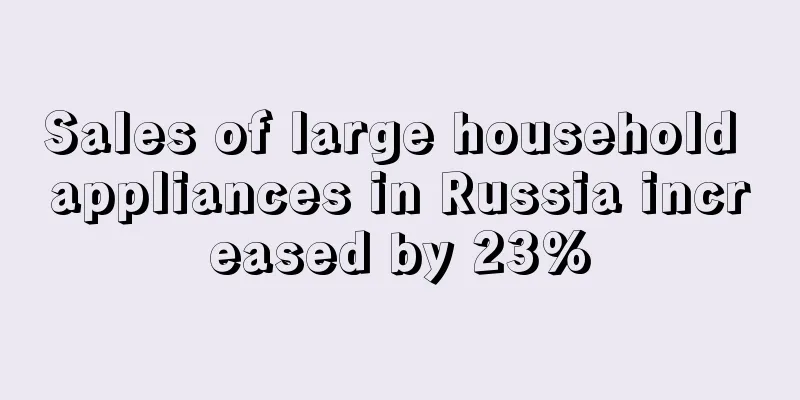Amazon fully upgrades its logistics system! Listing rankings will also change

|
In the United States, Amazon operates a national delivery network with warehouses in cities across the country. If a Detroit customer buys a product that is not in stock locally, Amazon will dispatch it from warehouses in other regions.
However, long-distance transportation is costly for Amazon and also increases logistics time.
Amazon CEO Andy Jassy said how to get orders from Amazon warehouses to customers faster while reducing costs is a "critical challenge" for the company. In response to this situation, Amazon divided its distribution system in the United States into eight regions, hoping that this way it could deliver packages over shorter distances.
“Each region has a deep inventory mix that allows it to be largely self-sufficient while still being able to support other regions of the country if necessary,” Jassy said in an April letter to shareholders.
At the same time, the changes could affect the results consumers see when searching for products on Amazon.com, with Amazon saying that items that are closer to customers will appear higher on the search results page.
Jassy said that in the future, the number of products that can be delivered on the next day and the same day will increase, and Amazon is expected to achieve the fastest Prime delivery speed in history in 2023.
But it’s unclear how important same-day delivery will be to customers after several fast-delivery startups emerged to offer groceries and convenience store products within 30 minutes, many of which have failed.
However, for Amazon, the more direct benefit may be cost cutting.
The e-commerce giant has cut about 27,000 jobs after overexpanding during the pandemic, its most significant cost-cutting and efficiency-enhancing achievement in recent months.
In addition, Amazon is now charging for services that were previously provided for free. For example, consumers will be charged $1 if they choose a UPS station when returning goods.
In terms of e-commerce, Amazon has begun to label products with high return rates as "frequently returned", probably to make consumers think twice before placing an order, which can also reduce its own return costs.
With this combination of measures, Amazon's financial report does look better, but whether it can build on its success remains to be seen. Amazon logistics |
>>: Seizing the gap in the German textile market, SHEIN advances into the European market
Recommend
New opportunity is here! Billion-dollar Amazon sellers never engage in price wars
"Don't engage in malicious price wars, w...
What is Chengcheng International Supply Chain Co., Ltd.? Chengcheng International Supply Chain Co., Ltd. Review, Features
Chengwei International Supply Chain Co., Ltd. is a...
The parent company of Jiazhilian has interest-bearing debt of 536 million yuan
Xunxing shares' interest-bearing liabilities ...
Amazon CEO says layoffs will continue until 2023
It is reported that Amazon announced last Thursda...
What is Generation International? Generation International Review, Features
Generation International (Shenzhen Generation Inte...
High return rate has become a major problem for the development of e-commerce
During the pandemic, e-commerce has experienced r...
The proportion of Christmas online shopping in the United States has reached a new high! Amazon is still the first choice for Americans
After two years of decline, online shopping final...
UK's Pentland Brands launches B2B website for online ordering
According to foreign media reports, Pentland Bran...
Valuation of up to $35 billion! Indian e-commerce company Flipkart may launch IPO this year
Indian e-commerce giant Flipkart, controlled by W...
Telegram surpassed TikTok in January downloads to top the list, with 24% of downloads coming from India
According to Sensor Tower , a mobile application ...
Resale market spending surges 17%, U.S. home products continue to be hot
New research from OfferUp shows that half of U.S....
Top 10 Russian search products in 2021 released
Avito is the most popular classified advertising ...
Shopee's GMV in the second quarter reached US$15 billion, and Russia's Ozon released its Q2 financial report
Shopee's second quarter GMV reaches US$15 bil...
What is Dish The Fish? Dish The Fish Review, Features
Dish The Fish is a company that specializes in sel...
What is GCFX? GCFX Review, Features
<span data-docs-delta="[[20,{"gallery"...









